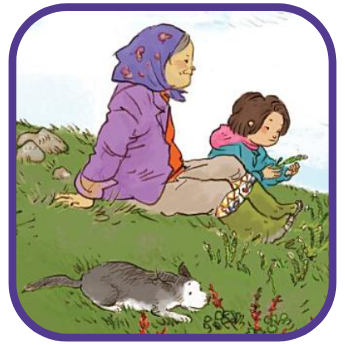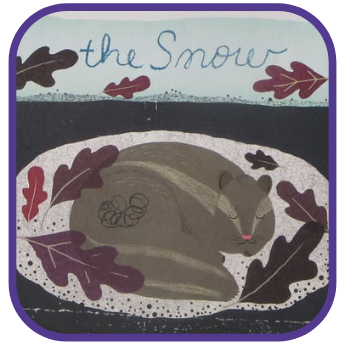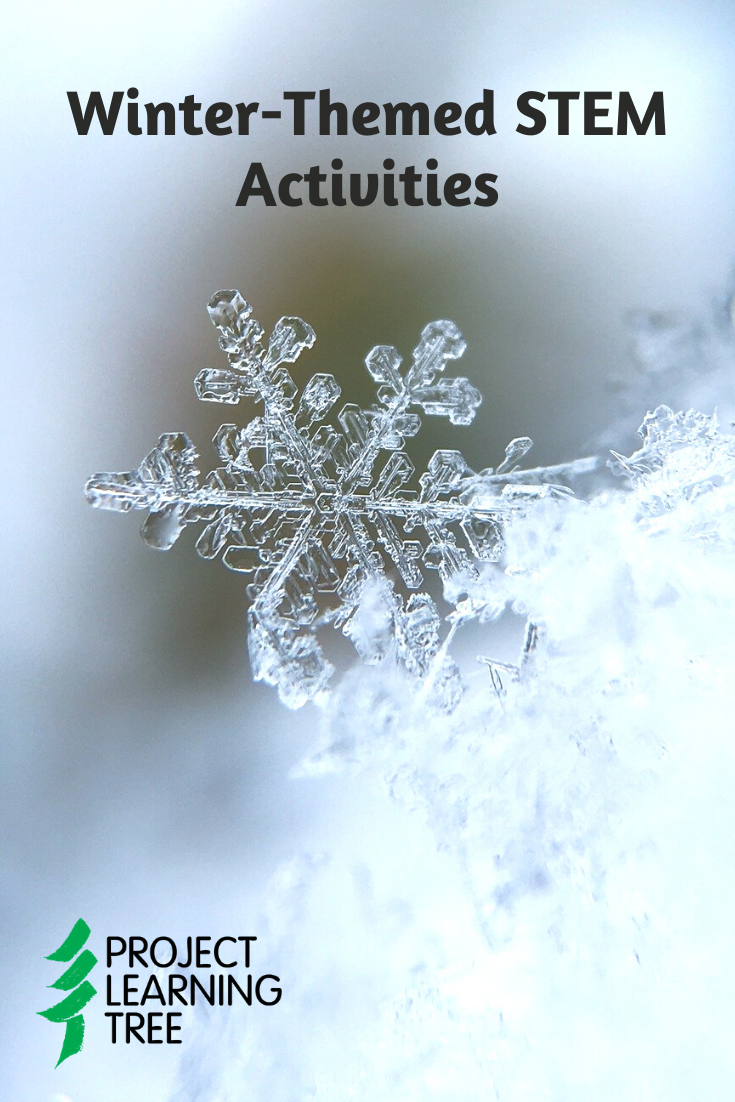
Students are often fascinated with the drastic environmental changes throughout the seasons, especially if you live in a place where it snows during the winter. We often associate winter with dark nights, freezing temperatures, snow, and ice. In polar and temperate zones in the northern hemisphere, the winter season lasts from December through February. Parts of the U.S. with subtropical or tropical climates may also experience temperature differences during these months, but they may only have two seasons of “wet” and “dry” or “summer” and “winter.”
No matter what kind of weather you experience during the next couple months, consider adding these STEM activities to your winter-themed lesson plans.
Winter in different growing zones
Plants have adapted to a wide range of growing environments such as under the sea, marshes, deserts, and even the Arctic tundra. As you can imagine, plants that have adapted to a certain amount of rainfall, number of hours of sunlight, pH of the soil, and temperature likely won’t survive in a completely different climate.
The United States Department of Agriculture has mapped growing zones across the country to help identify which types of plants will thrive in your area. The zones are determined by the annual minimum temperature in the area over the past 30 years.
Some crops like berries, carrots, cabbage, and broccoli thrive in cooler climates. On the other hand, citrus fruits, collard greens, peppers, and okra typically do well in warmer climates.
Temperature changes throughout the year affect what types of plants you can grow and when. People living in all types of climates have learned how to grow and preserve different kinds of plants so they have access to essential nutrients year-round, even in the winter.
With your students, explore the limits of your local growing zone:
1. Enter your zip code on this site to identify your growing zone.
2. Answer the following questions about two edible plants that grow well in your zone:
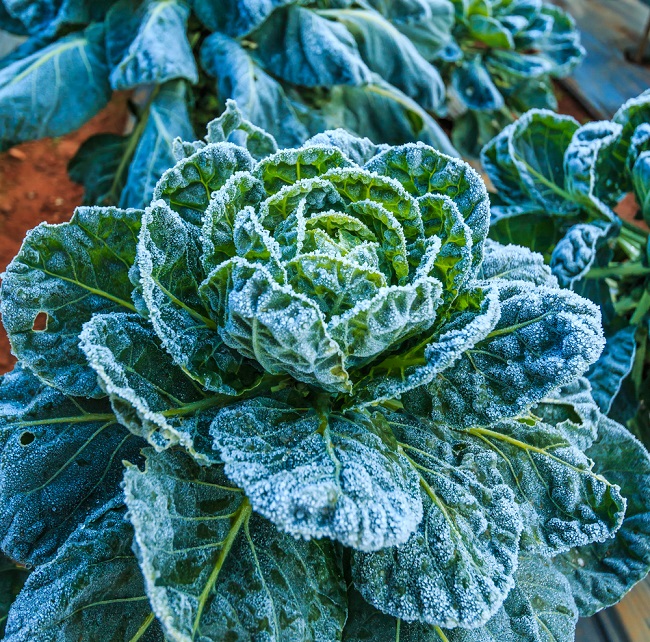
- What types of dishes is it used in? Is it eaten raw, cooked, or both?
- When should you start growing it from seed?
- How much sun does it need?
- What types of nutrients does it need in the soil?
- How much water does it need?
- What temperatures does it thrive in? What’s too hot for this plant? Too cold?
- What types of pests or diseases might you encounter when growing this plant?
- When is it typically harvested?
- How long does it keep in storage once it’s harvested?
3. Now, think about how you might be able to grow or use these plants in the winter months. Does the plant grow in the winter where you live? If so, how does it adapt to cooler temperatures? What kinds of protections might it need to survive winter where you live?
If the plant doesn’t grow in winter in your area, what are some things you can do to preserve it so you can eat it during the winter?
4. Choose an edible plant that grows well in a climate very different from yours and answer the questions from question #2. If possible, choose a plant that will not normally survive in your zone.
5. Think about why it would be challenging to grow that plant in your zone. Is it the temperature? Amount of water? Sunlight? Something else?
6. After exploring the potential problem(s), engineer a way you would be able to grow that plant in your zone.
Here are some ideas to get you started:
- Greenhouses are used to extend the growing season in cooler climates. With a greenhouse, will the season be long enough for your plant to reach maturity?

- Starting seeds indoors is another way to extend a growing season. When would you need to start growing seedlings in your area? Do these plants survive transplanting the seedlings into a garden?
- If you live in a hot climate, the winter can be a great time to grow food that thrives in cooler weather. Even though the temperatures might be lower in the winter vs. in the summer, it still might not be cool enough for some plants. Shade cloth is used in hot climates to keep plants from overheating. But will it lower the temperature enough for your plant to thrive?
- Core gardening is a method used to retain water for your plants, which keeps the soil cooler and minimizes the need for watering. What would you need to make core gardening successful? Is it enough to help the plant thrive in your zone, or do you need to take additional measures?
There are many more ways to help plants thrive in different types of conditions. Remember, you may need to combine multiple strategies to help the plant thrive in your zone.
Here are some PLT activities you could use with students to extend their learning:
- How Plants Grow – in this inquiry-based activity, students design experiments to determine what factors are necessary for plant growth and explore what happens when a plant’s basic needs are unmet. Check out this simplified version of this PLT activity that can be done by families at home.
- Introduce students to photosynthesis, the process that enables plants to use sunlight to manufacture their own food, with Sunlight and Shades of Green (Activity 43 in PLT’s PreK-8 Environmental Education Activity Guide) and Power Plants (Activity 4 in PLT’s Energy & Ecosystems E-Unit)
- Pass the Plants, Please – use these STEM enrichment ideas to show your students how many of their favorite foods come from plants.
Winter-themed science observations and math problems
The changing temperatures between winter and other seasons can lend themselves to many interesting science and math problems!
Rain, snow, and ice
Water is particularly interesting to study since it has such different characteristics as rain, snow, and ice. Here are a few areas to explore with your students:
- If you live in a place with snow on the ground, collect some snow and measure its volume. Let it melt and calculate the volume of the water. How does it compare with the volume of the snow?
- Look up how much rain fell this summer in your area. If snow had fallen instead of rain, how many inches of snow would have fallen?
- Add water to a container that fits in your freezer and measure the volume. Make sure you don’t fill it to the top. Mark the water level with a marker or piece of tape. Leave it in your freezer for at least 24 hours, then measure the volume again. How does the volume of ice compare to the volume of water at room temperature?
- Calculate the volume of rain that fell in your area this summer (you could choose a city, town, or county for your location). What would the volume be if all that rain were ice instead? What would the volume be if it were snow?
- Find a lake that’s located close to where you live. What is the volume of water in that lake? If all of that were ice, what would the volume be? How might a completely frozen lake affect the area around it (shoreline, types of animals and plants that could survive there, what types of activities you could do)?
- You could also have children use STEM at home to monitor how much water they use in a single day with these STEM Strategies for PLT’s activity Every Drop Counts.
Seasonal temperature changes
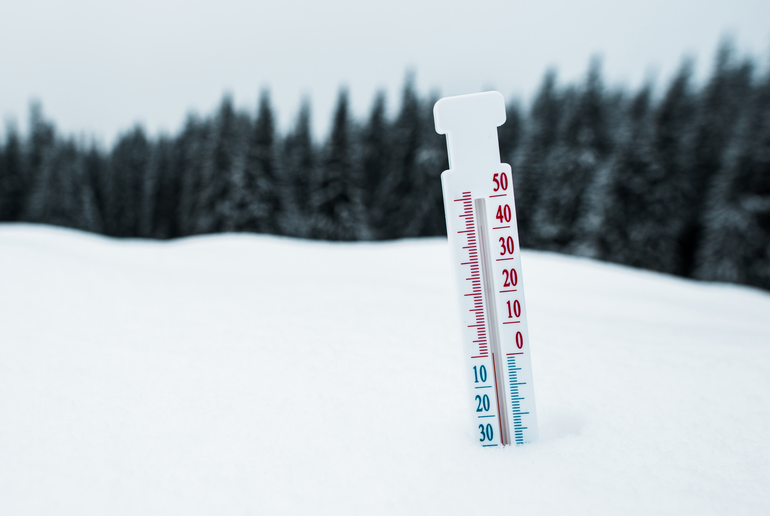
In some places, the temperature during the day can be drastically different than the temperature at night, and in other places, the temperature only cools a few degrees after the sun goes down. The seasons can also have a big impact on the temperatures in your area. All of these factors can impact how we live – for example, the types of clothes we wear, how our houses are made, the kinds of food we eat, and the activities we can engage in.
As the temperature outside begins to drop, noticeable changes take place all around us. All living things, including humans, must adapt to their environment in order to survive. This article by PLT offers suggestions for children to take a closer look at how plants and animals prepare for winter.
Students can also:
- Research the average high and low temperature by month for your area. Make a graph of the average highs and average lows. How do the temperature differences affect how you dress and the types of activities you do at different times of the year?
- Research the average high and low temperature by month for an area that has a very different climate than the one you live in. Make a graph of the average highs and average lows for that area. How does this graph compare to the one for your area? What types of things would you have to do differently to live in that climate?
- Calculate the difference between the average high and low temperature for each month. Make a graph of the average temperature difference for your area. What kind of effect do the changing seasons have on the temperature ranges where you live?
- For grades K-2, try PLT’s Adopt a Tree activity that allows children to record the day’s sunrise and sunset times, calculate the number of daylight hours for that day, and record the number in their journal. This activity can be found in PLT’s Treemendous Science! E-Unit, Level B: Adopt a Tree.
Pausing time
Around the start of a new year, we often reflect on what we’ve accomplished in the previous year and what we’d like to do in the year ahead. You might be surprised at what you’ve been able to do in the past year, or even in the past few months! Since time has so many different measurements, it can be a great theme for math problems.
Calculate how many seconds, minutes, hours, days, weeks, and months:
- Have already happened this year
- Are left in the year
- Winter lasts where you live
- Since the coldest day of the past year
- Until your next birthday
- Until you can start planting the first seeds of the season for your growing zone
- Until you can harvest your first edible plant in your growing zone
Another idea—highlighted in these STEM Strategies for PLT’s Bursting Buds activity—is to have your students pretend that they work for their local park service and research, design, and test a process for determining when they should hold a blossom festival each year using a local flowering tree.
Wilderness survival in the Arctic
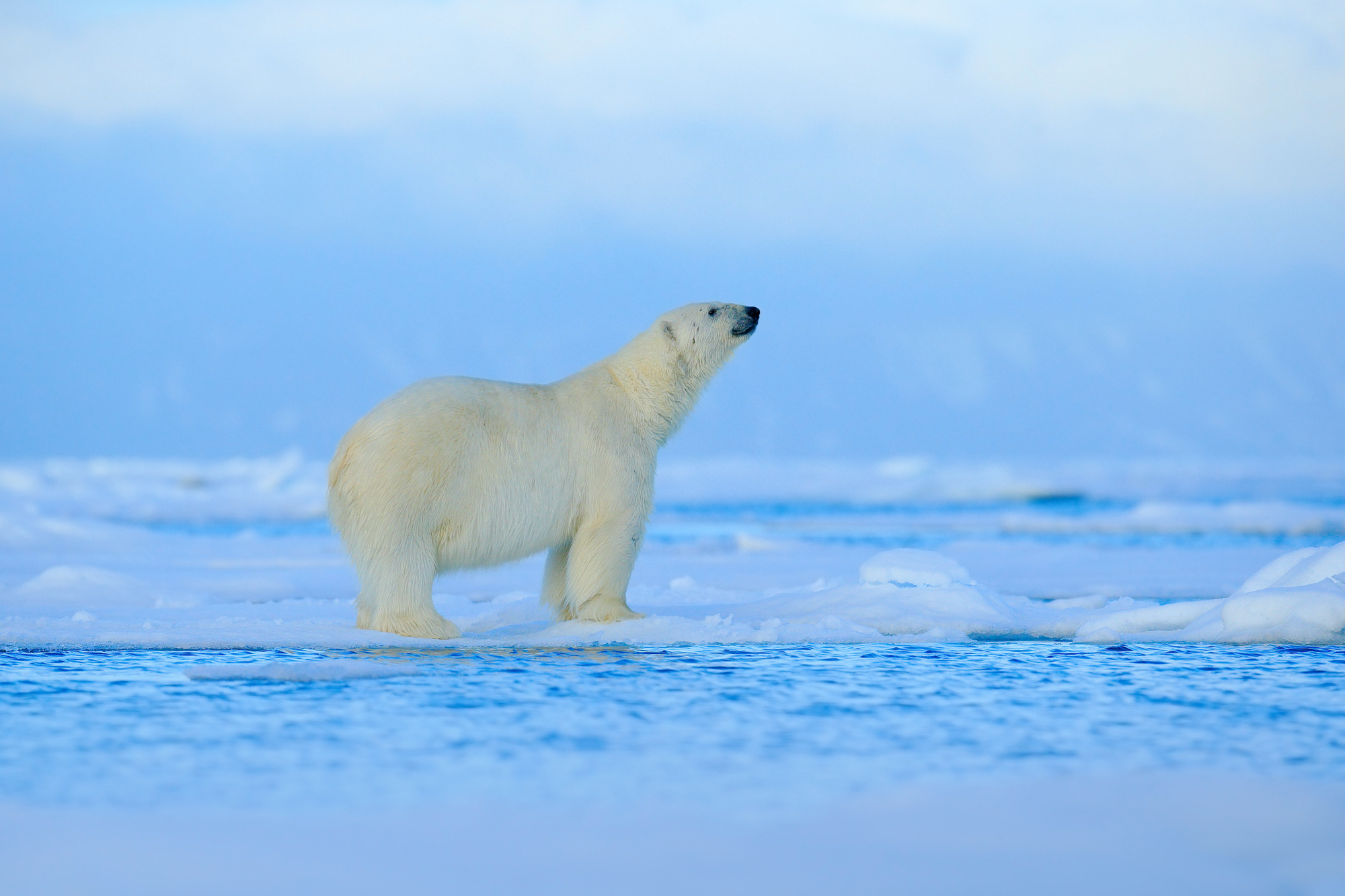
Humans, plants, and animals have adapted to survive many extreme weather conditions found on Earth. One of the most extreme climates can be found in the Arctic, where it can still get down to 30 degrees in mid-July. Depending on where you live, the summer in the Arctic may be colder than winter in your area! Let’s explore what it might take to survive in the Arctic.
1. Research the Arctic
- What is the climate like at different times of the year?
- What are the geographical features?
- What are the daylight hours at different times of the year?
- What kinds animals live there? What times of year are they active?
- What did native or Indigenous peoples do to survive the weather in this area? What do Indigenous peoples living in the Arctic still do today to thrive in the area?
2. Find an ideal spot to survive
Imagine you need to survive in the Arctic with one other person. (This could be an activity students do in pairs, or they can choose a friend or family member they’d bring on this trip.)
Browse Google Maps or Google Earth and find a spot you think is ideal to survive three months in the Arctic.
Remember that you’ll have to find food, water, and shelter to survive. There are no other people nearby, and no manmade items of any kind – you’re just in nature.
3. Choose the time of year you’ll go
Based on your research, select a time of year you think is ideal to survive in the Arctic. Why did you choose that timeframe? What are the advantages and disadvantages of living in the Arctic during those months?
Alternatively, assign students different times of the year to ensure variety in how they approach the project. Because starting the project in the dead of winter would make survival extremely difficult, choose a timeframe between May and August.
4. Choose the items you’ll bring
It’s important to be strategic about what you’ll bring on your trip to the Arctic. Bringing too many or unnecessary items means you’ll have a lot to carry and keep track of. On the other hand, if you don’t bring enough essentials, it can make surviving the harsh conditions of the Arctic difficult.
For this part of the activity, choose 15 items from this list that you’ll bring on their trip (15 items total between yourself and your partner). Think about the trade-offs between the items, what kinds of things could serve multiple purposes, and how you may be able to use the natural materials in the area.
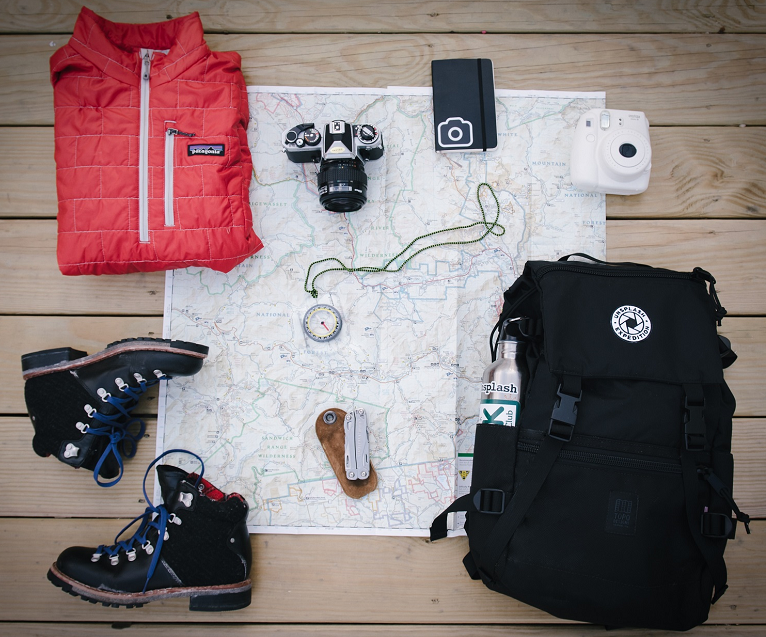
- Ferro rod
- Sleeping bag
- Coat
- Knife
- Rope
- Tarp
- Pot or cup
- Fishing gear
- Boots
- Compass
- Map
- Cell phone
- Tablet
- Bathing suit
- Snowboard
- Cash
- Flashlight
- Batteries
- Sunglasses
- Alarm clock
- Soap
- Board games
- Toothbrush and toothpaste
- Towel
- Pillow
- Pajamas
- First aid kit
- Shovel
- Axe
- Book
- Puzzles
Even if you arrive in the Arctic in the summer when you’re more likely to find food, you’ll still want to bring a few things to get you started. Have students choose five of these items as their initial food source:
- Bottled water
- Protein bars
- Chips
- Oatmeal packets
- Candy bars
- Canned soup
- Bread
- Peanut butter
- Pasta
- Potatoes
- Fruit salad
- Squash
- Apples
- Gum
- Soda
- Fruit juice
- Gatorade
- Cookies
What is your thinking behind bringing these items and foods on your trip? What are a few items you feel are absolutely essential to surviving in the Arctic? Why? Which things were you considering but ended up leaving them behind? Why did you choose to leave them behind?
5. Make a plan
Planning ahead will help ensure your survival in these extreme conditions. Consider these questions as you approach your plan for surviving in the Arctic for three months with your partner:
- How will you find and store food?
- Will you and your partner work together on the same projects or split up the work between the two of you?
- What will you do first?
- How will you get water?
- What’s your plan for creating a shelter?
- How will you stay safe from predators?
- How will you stay warm during cold nights?
Recommended Reading
For children in grades 3-5, PLT recommends the book A Walk on the Tundra. A native Inuit child named Inuujaq and her family live in the arctic tundra, often characterized by long hours of sunshine and darkness, freezing temperatures, and a barren landscape. The book details the arctic tundra’s Indigenous traditions as Inuujaq sets out on a morning walk with her grandmother.
Another winter-themed PLT book recommendation that can be used to support and strengthen students’ science vocabulary is Over and Under the Snow. Use this book with grades K-4 to explore winter habitats, biodiversity, and even predator-prey relationships that all take place over and under the snow.


